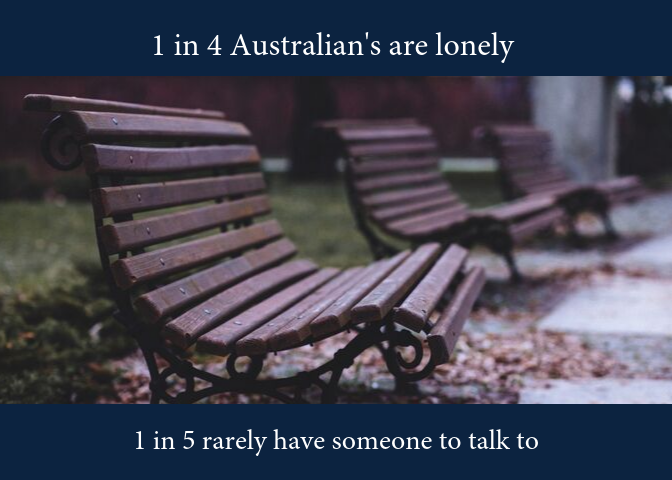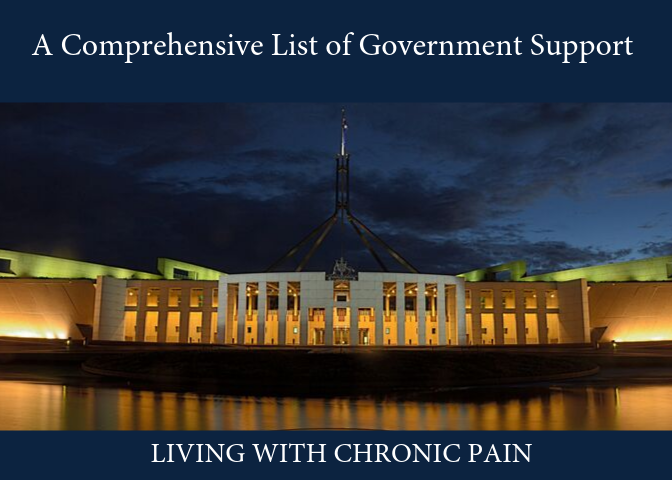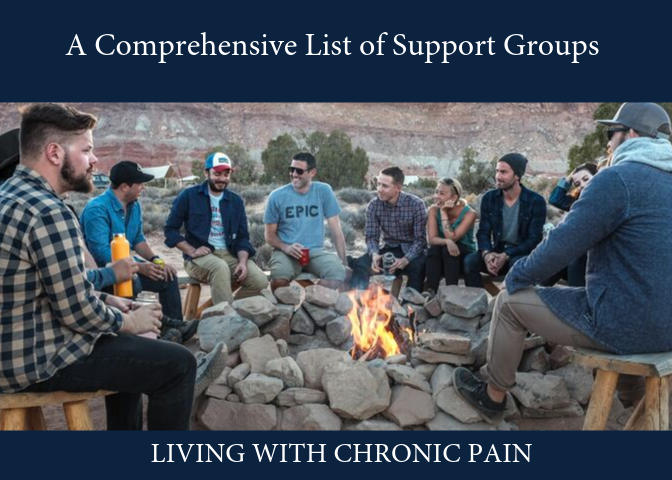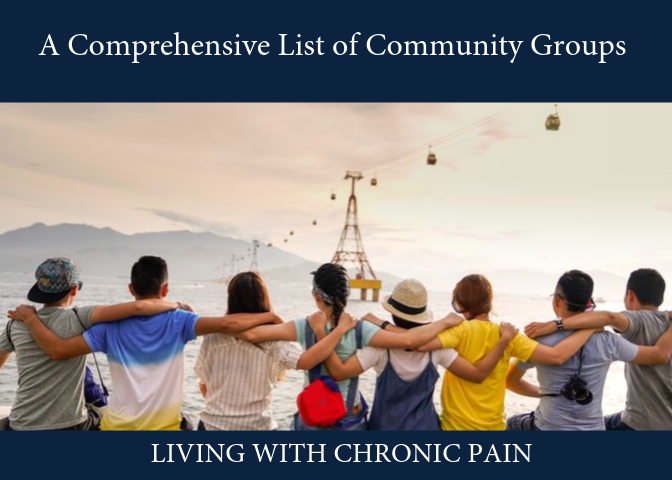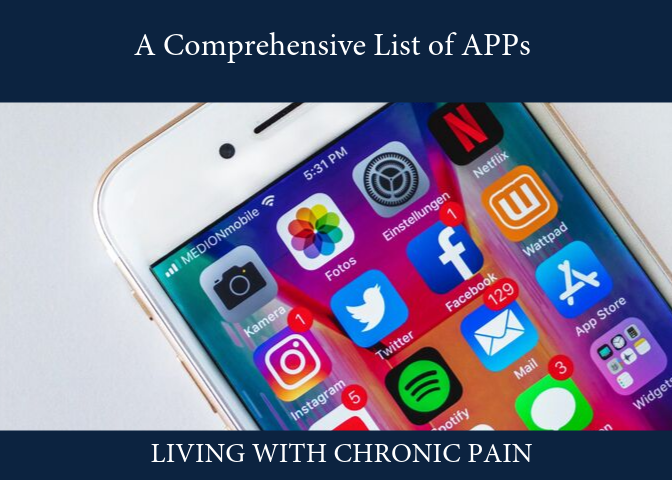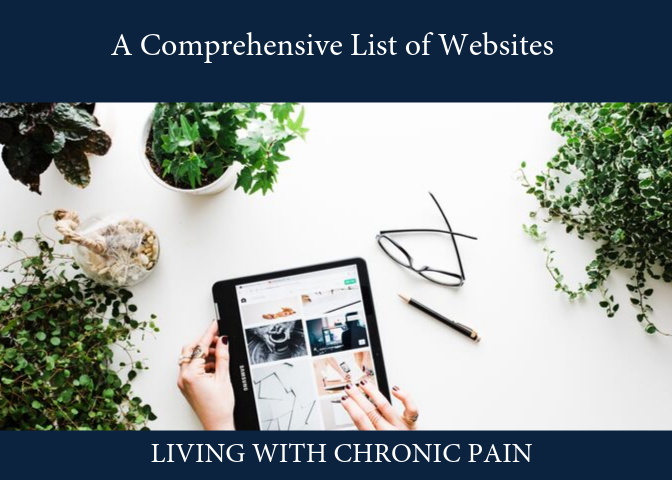Living well with chronic pain: resources, support and assistance
Humans are social creatures; we are hardwired to connect and socialise with one another. But the “Loneliness Study”published in Australia in 2019, found that more and more Australian’s are struggling with loneliness and isolation.
A staggering 1 in 4 Australian’s feels alone once a week, and 1 in 5 rarely have someone to talk to. The reasons for this loneliness epidemic was shown to be:
- How we work (with many of us commuting to work or flying in and out)
- How we live (with many people living on their own in today’s modern world)
- How we age (aged care facilitates don’t always facilitate social connection and community).
Chronic Pain, loneliness and isolation
3.24 million Australian’s are currently living with chronic pain; with research suggesting that social isolation is responsible for decreased quality of life; greater reliance on GP services (primarily for the purpose of social issues); greater pain interference; and decreased physical function.
Isolation, loneliness and their associated mental health issues like depression, anxiety, self-harm and suicide, are common with almost 40% of people living with chronic pain also experiencing depression and anxiety.
The social consequence of chronic pain has been widely studied, with the most prominent determining factor of suffering and distress relating to the disruption of social relationships, not the physical impairment caused by pain.
Some commonly raised social issues that accompany chronic pain are:
- The challenges to roles and relationships, particularly intimate relationships
- Stigmatisation due to the “invisible nature” of pain
- Self-stigmatisation due to feelings of being misunderstood and a burden
- Compassion fatigue due to the ongoing nature of chronic pain
- Escalating mental health issues which only further isolate people suffering with chronic pain from society.
The importance of connecting with others
Social Well-being– or connection with others – is a large contributor to understanding and managing pain effectively. Research suggests that support, community engagement and social connection leads to:
- Positive well-being
- Heightened self-esteem and self-confidence
- Improved sense of control and self-efficacy
- Greater resilience and determination
- Improved mental and emotional health, including decreased levels of depression and anxiety
- Greater coping abilities
- Improved the effectiveness of pain-related treatments (research link).
Chronic pain and support
Support can come in a variety of forms, it may be the kindness of a stranger, or the assistance of someone else living with pain,or the financial and health assistance given by the government and healthcare team treating you. Whatever the means of support, it allows you to connect with others and reduce the detrimental impact of isolation and loneliness.
Support groups offer friendships; information; tools and strategies for managing pain; an opportunity to share experiences and stories; an ability to learn new skills and techniques; and a safe and empathetic environment surrounded by people who truly understand what living with chronic pain is like.
Support groups can be found in every city and town around Australia and can be in-person; online or via phone. The Pain Link Helpline is a call back service that offers lifeline to people living with chronic pain, particularly in rural and regional areas of Australia. Phone Number: 1300 340 357.
“Be strong enough to stand alone,
smart enough to know when you need help,
and brave enough to accept it” – Unknown
Click the image for the full list to display – each is hyperlinked across to the relevant website.
Chronic pain and community engagement
Social prescribing is an innovative way of addressing the broader social aspects of well-being and health, associated with chronic diseases. It has come as a result of the ever-increasing social issues of loneliness, social isolation and associated mental health issues that are related to living with chronic illness.
Social prescribing has the primary aim of building local social connections through groups such as sports, arts, cooking, religious, walking, gardening and voluntary. These social connections lead to heightened self-esteem and self-confidence; improved sense of control and empowerment; improved physical, emotional and mental well-being; and decreased levels of anxiety and depression.
Volunteering in particular can offer a large array of benefits including:
- Making new friends
- Learning new skills
- Increasing your ability to re-join the workforce
- Increasing levels of appreciation and gratitude
- Enhancing mental and physical health
- Providing a sense of meaning and purpose
- Improving relationship skills
- Reducing stress, anxiety and depression levels
- Improving function and mobility
- Encouraging the ability to test out new career opportunities
- Reducing loneliness and isolation.
Click the image for the full list to display – each is hyperlinked across to the relevant website.
Chronic pain and resources:
There is a famous proverb which states “knowledge is power”, which means understanding something empowers you learn, grow and respond in ways that bring about better outcomes. This is why human’s often look to the past to understand both the highs and lows of what has occurred to repeat desirable outcomes and avoid less-desirable outcomes.
When it comes to living with chronic pain, education is essential for self-managing pain; whilst preventing unnecessary suffering associated with living with chronic pain; intervening earlier to reduce interference of chronic pain on mental, physical and emotional health; and improving the ability to return to life and work. Below are some links to resources to help increase your knowledge of your pain.
Click the image for the full list to display – each is hyperlinked across to the relevant website.
Click the image for the full list to display – each is hyperlinked across to the relevant website.
Click the image for the full list to display – each is hyperlinked across to the relevant website.
Click the image for the full list to display – each is hyperlinked across to the relevant website.
Learn more
- Chronic Pain Patient Resource List
- Finding your strengths and using them – Meaningful Activity
- Ability Links: connecting people with disabilities to their community
- Community Connect
- Head to Health: connecting with the community
- Pilkington, K., Loef. M., and Polley, M. (2017) Searching for real-world effectiveness of health care innovation: scoping study of social prescribing for diabetes.
- Thomson, L.J., Camic, P.M. and Chatterjee, H.J. (2015) Social Prescribing. A review of community referral schemes.
- News RACGP: Social prescribing: Has the time come for this idea?
- News RACGP: Helping reduce mental health stigma through Men’s Shed’s
- News RACGP: Joining the social circle in rural Australia
- News RACGP: Fostering connections to overcome loneliness
- News RACGP: How group membership can help combat depression
- News RACGP: Australian mental health spend reaches $9 billion
- College of Medicine: Social Prescribing, can it increase chance of employment
